For starters, everybody knw that the Middle Ages were quite, how shall I say it, let's go with bloody! Name your war of choice: from the Crusades in the Holy Land to the Battle of Hundred Years, nations-states squabbled a lot with each other. And, naturally, all these fights destroyed thousands of homes, castles and even entire villages.
During this time, siege weapons were used to tear down structures, kill soldiers and intimidate enemies. But these weapons had been around for centuries, dating back to ancient Greece. Who knew!
And we have plenty of weapons to choose from! For example: catapults could hurl javelins, darts, rocks and other missiles over 300 feet. The ballista worked like a giant crossbow, throwing projectiles from a torsion spring. The siege tower was a movable mini-fortress that was essential to protecting soldiers. Constructed with four walls, ladders and various windows all set on wheels, the tower could be moved right up to an enemy's castle. Battering rams were used to break down drawbridges or doors to allow soldiers to storm any fortified structure. In short, sieges were tough and rough. No wonder people got calmer as the ages passed... Or did they?
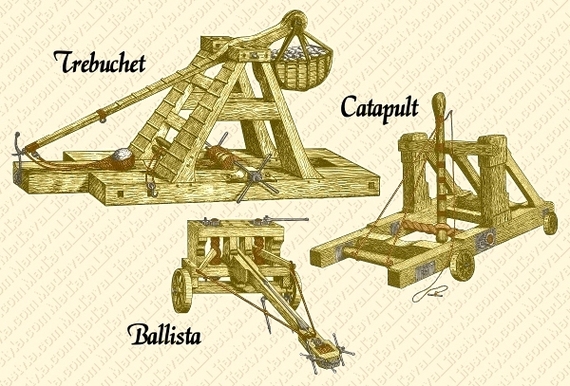
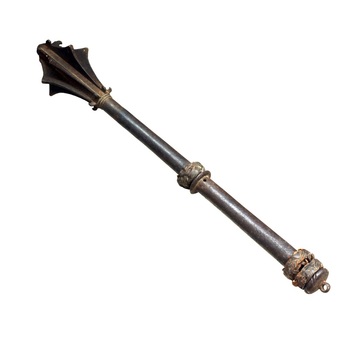
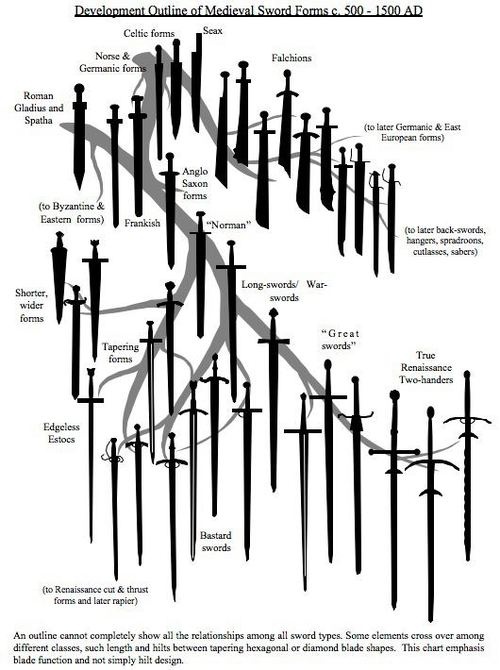
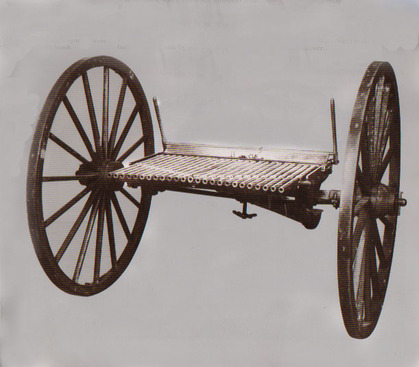
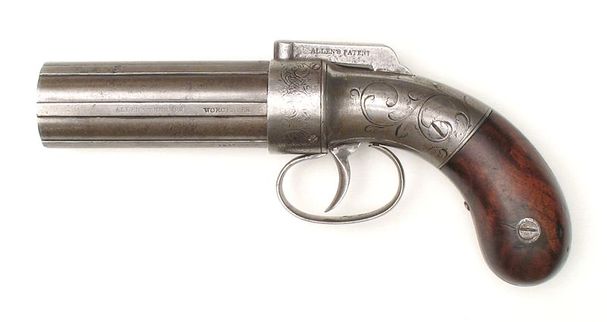
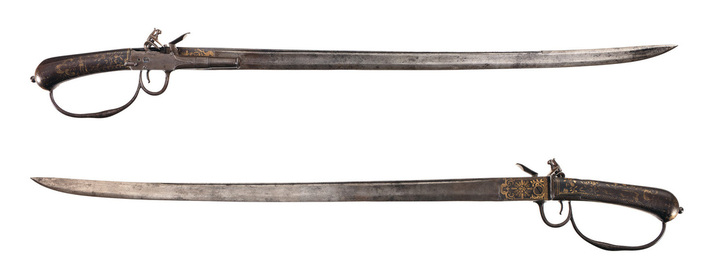
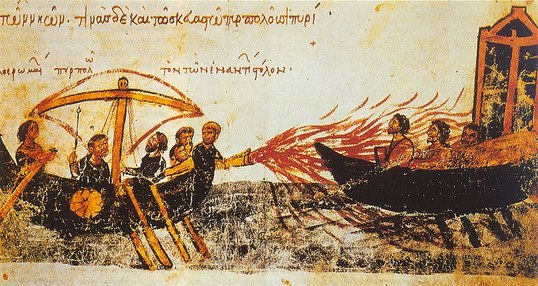
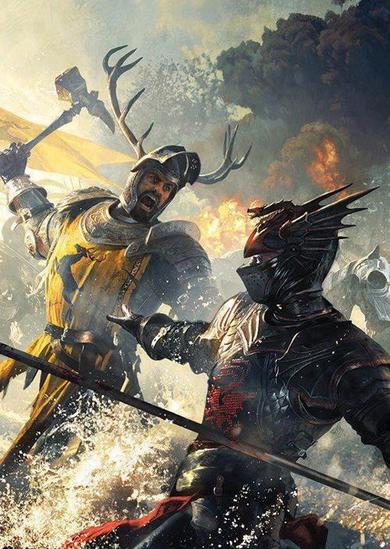
 RSS Feed
RSS Feed